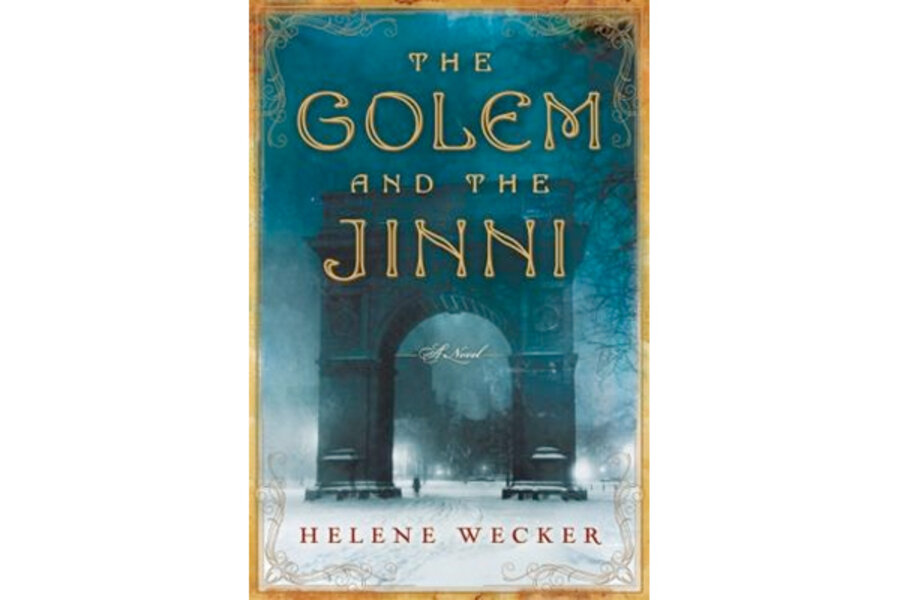Two immigrants arrive in New York at the turn of the 20th century, the likes of which Ellis Island had never seen.
One is a golem, a magical servant made of clay; the other is a jinni, a being of fire who has been trapped in a jar of olive oil for 1,000 years. Despite being invaded by creatures out of myth, New York shrugs and assimilates them both in Helene Wecker's debut novel, The Golem and the Jinni, which deftly combines Jewish and Arab folklore and the immigrant experience.
In Danzig, Poland, a Jewish furniture-maker, with whom real women preferred not to spend time, paid to have a female golem created by an expert in the kabbalistic arts. On the voyage to America, he dies, leaving the golem without a master and very unsettled by her unexpected freedom. “No golem has ever existed that did not eventually run amok,” her creator predicts.
After being befriended by a rabbi, who names her Chava, the golem gets a job making bread in a Jewish bakery on the Lower East Side. The jinni, meanwhile, repairs kettles and pots as a tinsmith's apprentice in Little Syria when he's not seducing New York heiresses. Ahmad's comedown from his days in a desert palace is a wry nod to all the immigrant cab drivers out there boasting advanced degrees alongside their drivers' licenses.
The novel's pace can best be described as “stately.” The two main characters don't even meet until page 172, as Wecker uses the time to recreate early 20th-century New York.
That first encounter – and most of the others – occurs at night, since neither Ahmad nor Chava sleep. (Chava, a model of industry, takes in sewing to while away the hours.) At first, they don't exactly get along – Ahmad is highly irritated at being forced into human form, while Chava is terrified of her own strength. But the ability to talk freely to someone who actually understands is irresistible, and their nocturnal rambles to tourist sites like the aquarium and Central Park become the highlight of their week.
Wecker intersperses her supernatural beings' adventures in New York with the story of just how Ahmad ended up in the bottle. The resolution to that mystery was one of the least satisfying things about the novel, and I wish she had resisted the temptation to link her main characters' back stories. Until then, “The Golem and the Jinni” is a lovely, old-fashioned fairy tale and a refreshing twist from all the vampires and werewolves populating the streets of most urban fantasies.





